Shopify is an outstanding platform but unlike Amazon or eBay you have to use Shopify marketing tactics to drive traffic to your Shopify listings. There are an abundance of apps that can help you do everything from automatically calculate tax rates to set up in-depth analytics and plenty of great free Shopify themes — but marketing your Shopify store is another essential task.
Shopify gives you the tools you need to create an outstanding store. But you need to figure out how to make the world know about it.
Shopify merchants sometimes go all-in on setting up their store, but then struggle to know how to market it properly. This is often particularly true if they’re on a tight budget and can’t afford to outsource marketing to someone else.
Also let’s be honest, marketing may not come naturally to those who are great at spreadsheets and analyzing profit & loss considerations.
Fortunately, there are plenty of great marketing strategies that are relatively easy to implement. In this post, we’re going to look at 7 Shopify marketing strategies that are easy to set up and affordable to use.
1. Feature User-Generated Content
User-generated content (UGC) includes any reviews, images, social media posts, and testimonials created and shared by your customers. UGC is heavily trusted by consumers, more so than any other marketing materials you could put out.
Feature UGC on your site, showing relevant product images from your customers. You should also solicit reviews from customers a week after their purchase and share reviews and testimonials on your product pages.
This one action alone can actually increase site conversions by 29%. Plugins like Yotpo can help with this.

2. Set Up a Shopify Loyalty Program
Loyalty programs are automated programs that you can set up on your site which allow users to earn points for actions like purchase, referring new customers to you, and even following you on social media.
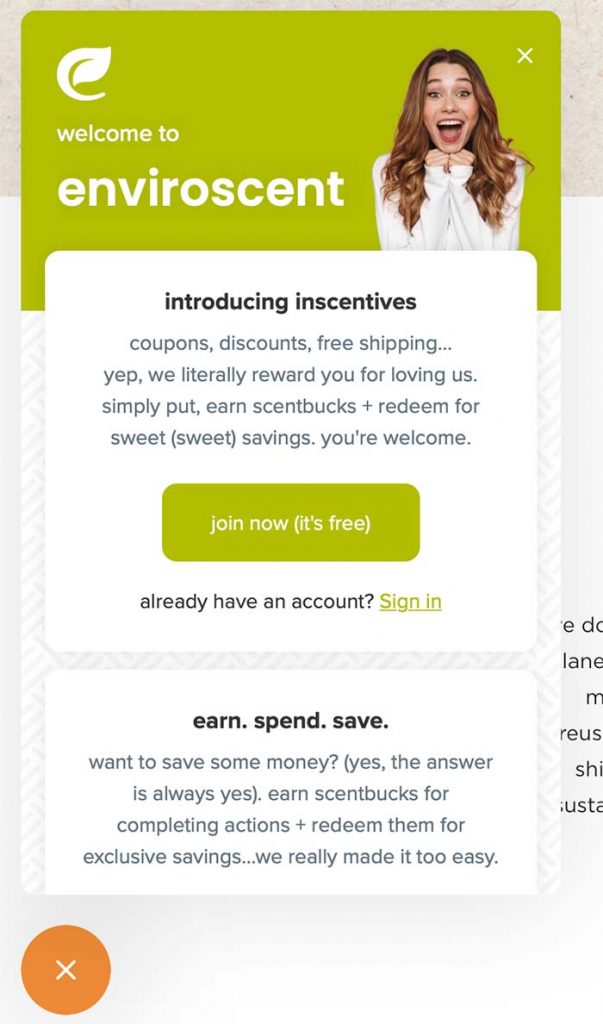
Loyalty programs encourage users to buy more to gain exclusive discounts or perks. Since referral marketing can bring you some of the most high-value, highest-spending customers, this marketing strategy is affordable but high-reward.
Loyalty programs are easy to set up with the right tools. The Smile app is a great tool for this purpose.
3. Partner Up with Another Business
Partnering up with another small, complementary business is an outstanding choice, and it’s often a win-win for everyone involved.
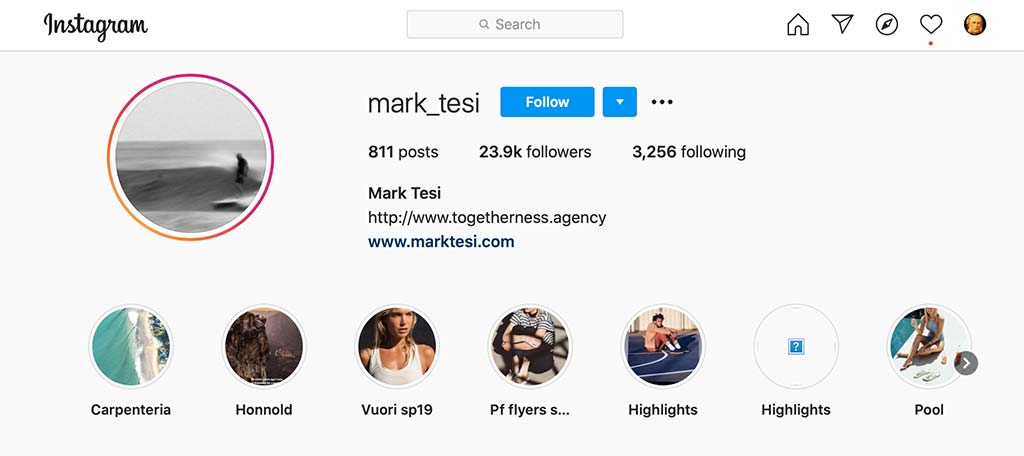
This can take a few different forms, including the following:
- Having one shop offer “recommendations” for another; an artisanal coffee shop may recommend hand-crafted stoneware mugs from another seller, and vice versa.
- Putting together a bundle that includes a product from another shop, like including one of those mugs in the coffee company’s subscription.
- Working with an influencer who has a strong following of members of your target audience, asking them to post about you on social media (which you can see in the example above from the Vuori brand). This will often come with a price tag attached, but it can be effective.
4. Leverage Social Proof to Drive Sales on Shopify
Social proof is any visible evidence customers can see that other customers before them have bought from you and (at least assumedly) had a great experience.
Social proof can include UGC, but it can also include small counters on your page to show how many people have purchased, or even how many people are viewing the item, or have it added to their cart now.
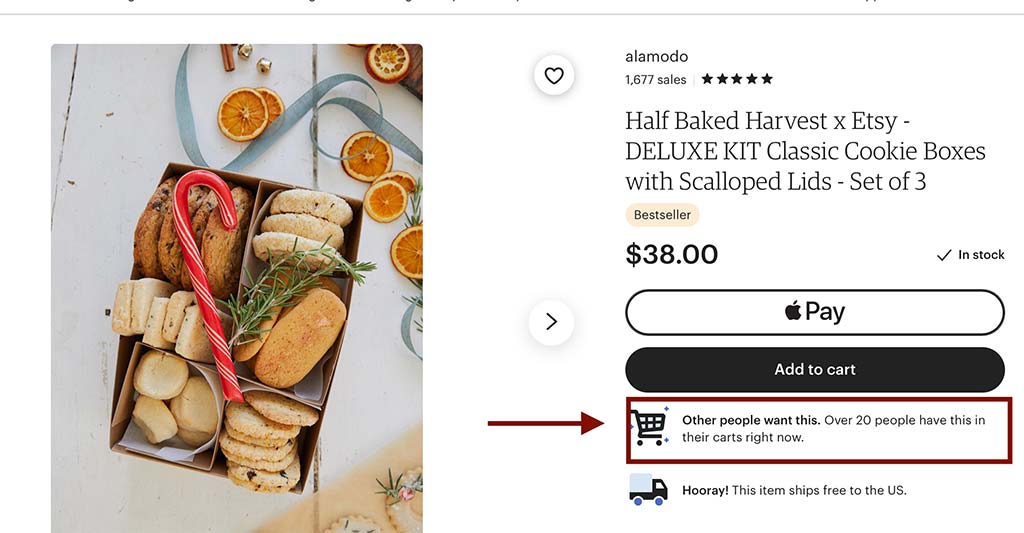
Leveraging scarcity while also reinforcing trust with social proof is an outstanding strategy as a result, and it can increase immediate sales. Tools like the Urgency app can help with this.
5. Offer Shopify Email Signup Discounts
Shopify email marketing is a core strategy of most successful Shopify stores.
Driving sales is all about maximizing rewards and reducing risks, especially for new customers. You want to incentivize them to make that purchase, and a limited-time discount code can be exactly what they need to hit the checkout button.
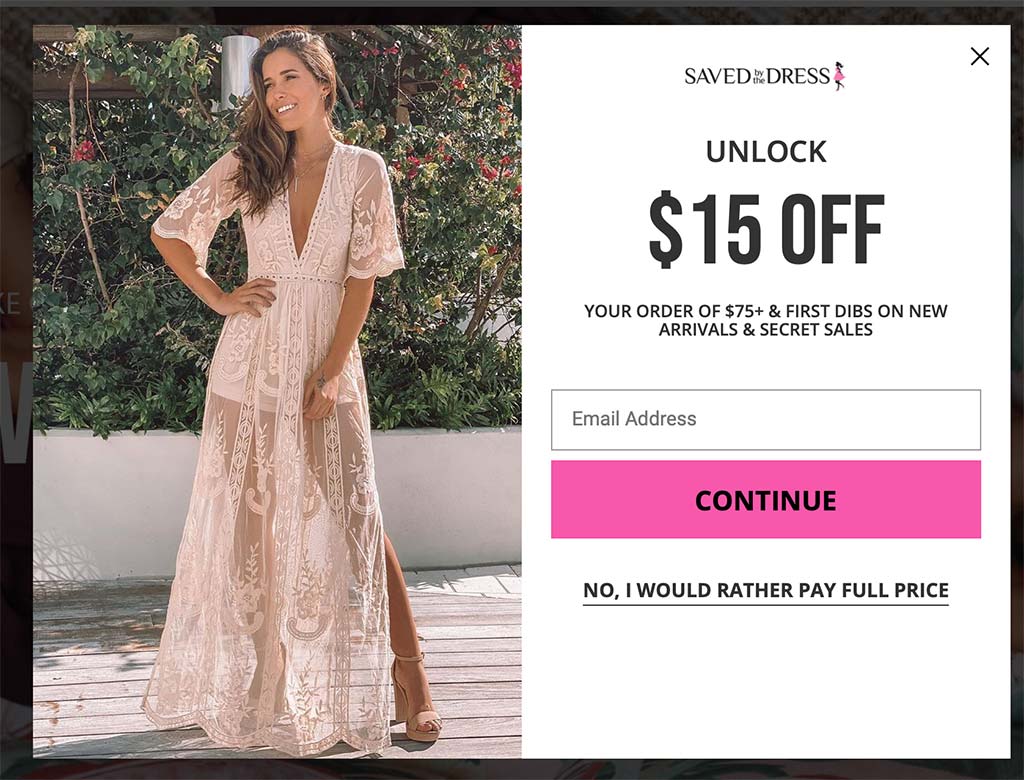
You can place pop-ups on your site that will display offers to new, not-logged-in-customers for a percentage off their first purchase if they share their email address with you. This is highly effective, and many customers actively look for first-time discounts before purchasing.
Check out apps like Privy to help you set this up on your own site.
6. Keep Customers Engaged with Shopify Email Marketing
It’s not just customer acquisition that you should be focused on; customer retention and optimization is also a crucial Shopify marketing strategy that you’ll need to account for. It’s much less expensive to keep an existing customer than to acquire a new one.
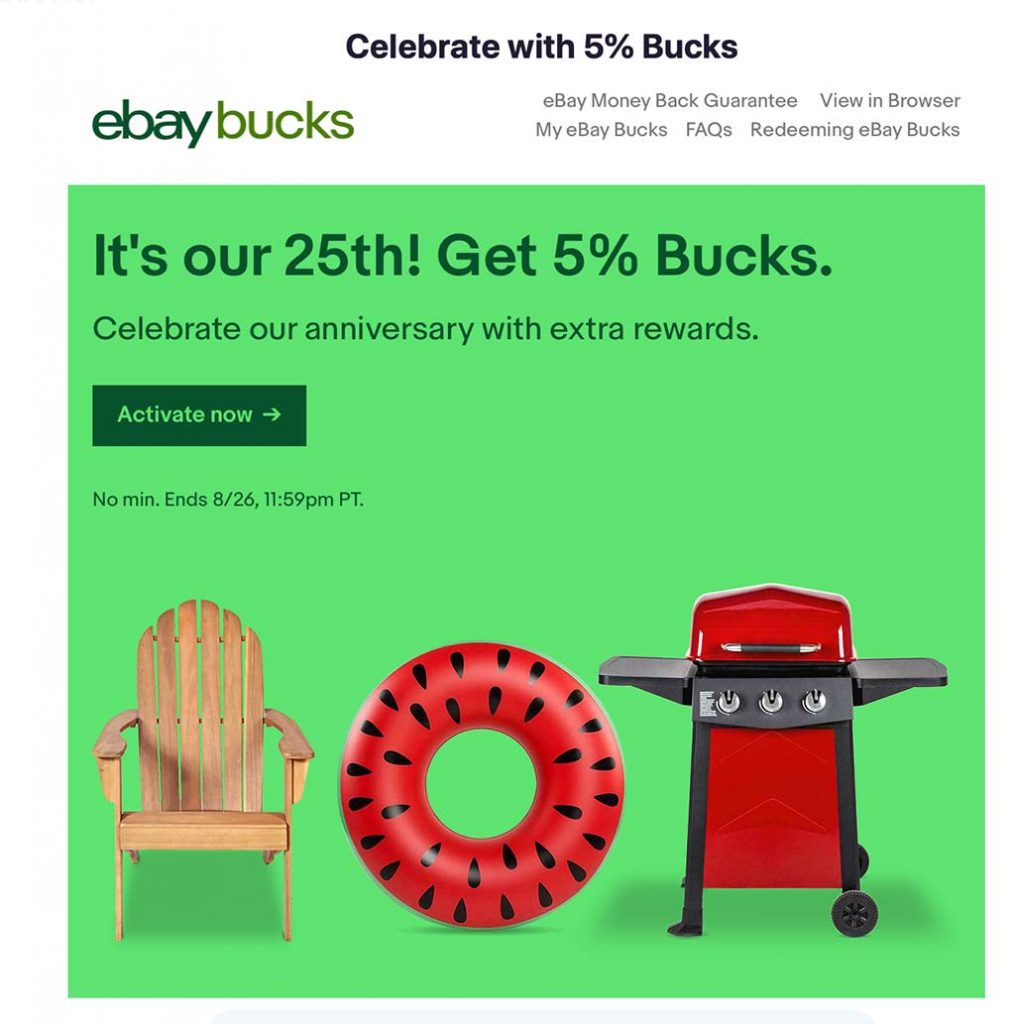
After you’ve gotten users to opt-in to your email, keep them engaged with Shopify email marketing. Use triggered auto-responders to send coupon codes if they abandon their cart, and follow up with relevant products they’d like based on past purchases.
Most email marketing solutions can help with this, including software like MailChimp. Keep your emails brief and relevant to your target audience, and always include short, strong subject lines. Test to see what works best over time.
7. Host a Contest
Social media contests are wildly popular as a Shopify marketing and ecommerce selling strategy, and it’s partially because they’re so effective.
Whether you’re offering a prize from your business on your own or partnering up with another business (or two, or three!) that has overlap with your target audience, promote the contest heavily on social media. You can ask users to like or follow your social channels, and to take specific actions like to share a picture while tagging you or using a certain hashtag.
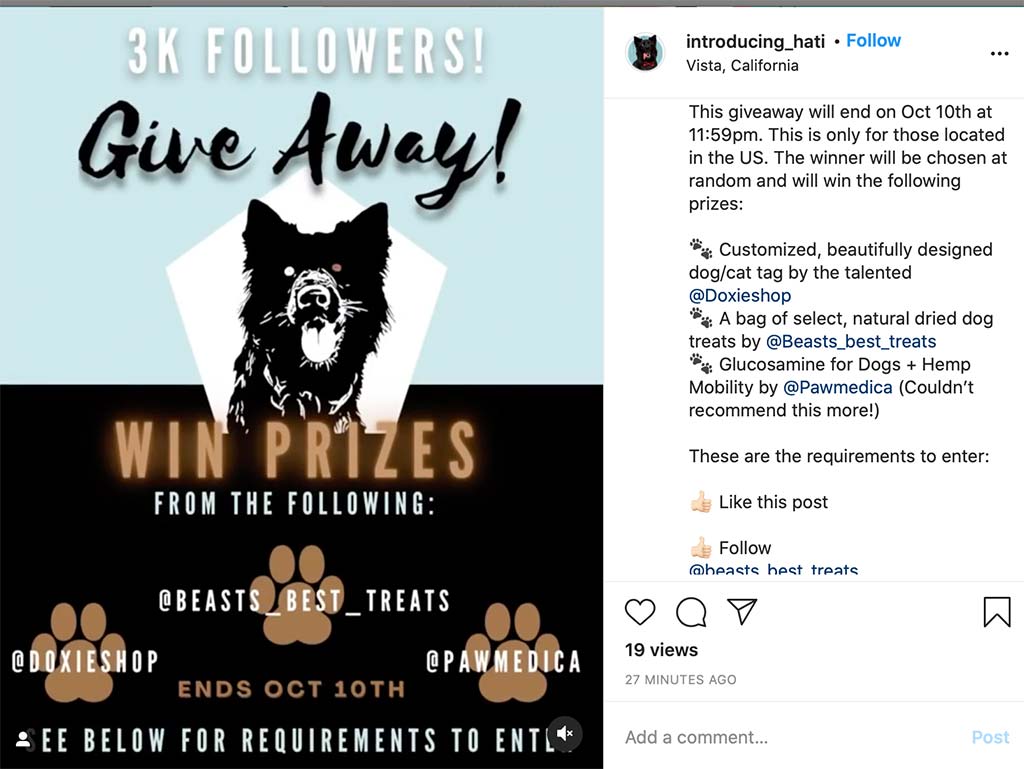
If you’re using lead generation contest software like Wishpond or ShortStack, you can also securely collect user lead information like their name and email address.
While it will depend on your audience, using contest software and asking users to follow your page, enter their email address, and to submit a picture that showcases their favorite product from your brand is a great option for most Shopify sellers. It gives you UGC and lead information all at once, and the hype surrounding contests and winning a potential prize can garner plenty of attention for your brand.
Final Thoughts on Shopify Marketing
Unlike Amazon, Shopify will not automatically deliver millions of eyeballs to your product listings.
Once you’ve got your Shopify store set up, it’s time to put your time and energy towards the Shopify marketing strategies that will help you drive sales and grow your business.
Opting for low-cost, long-term tactics like those discussed in this post can help you keep your ad spend down overall so that you can scale quickly, investing into all areas of your business as needed to find short-term and long-term success.
Interested in selling your Amazon products on Shopify? Learn more about how JoeLister can help you here.
* Please note we may include affiliate links in some posts. But only for products we use personally and have deep faith in.

